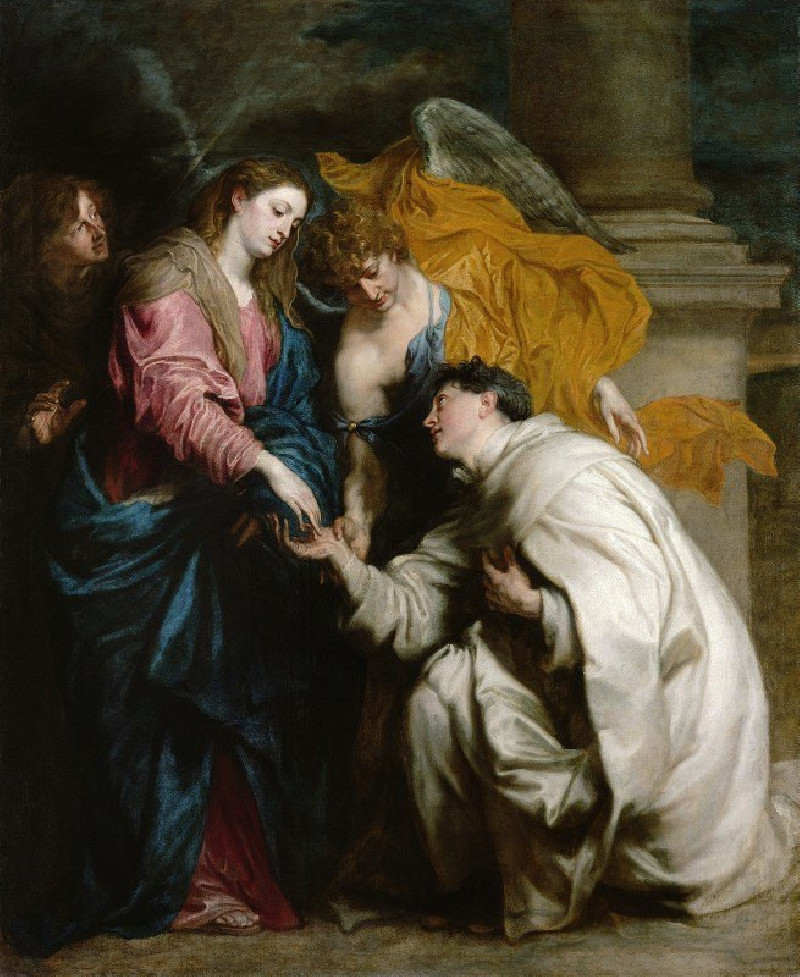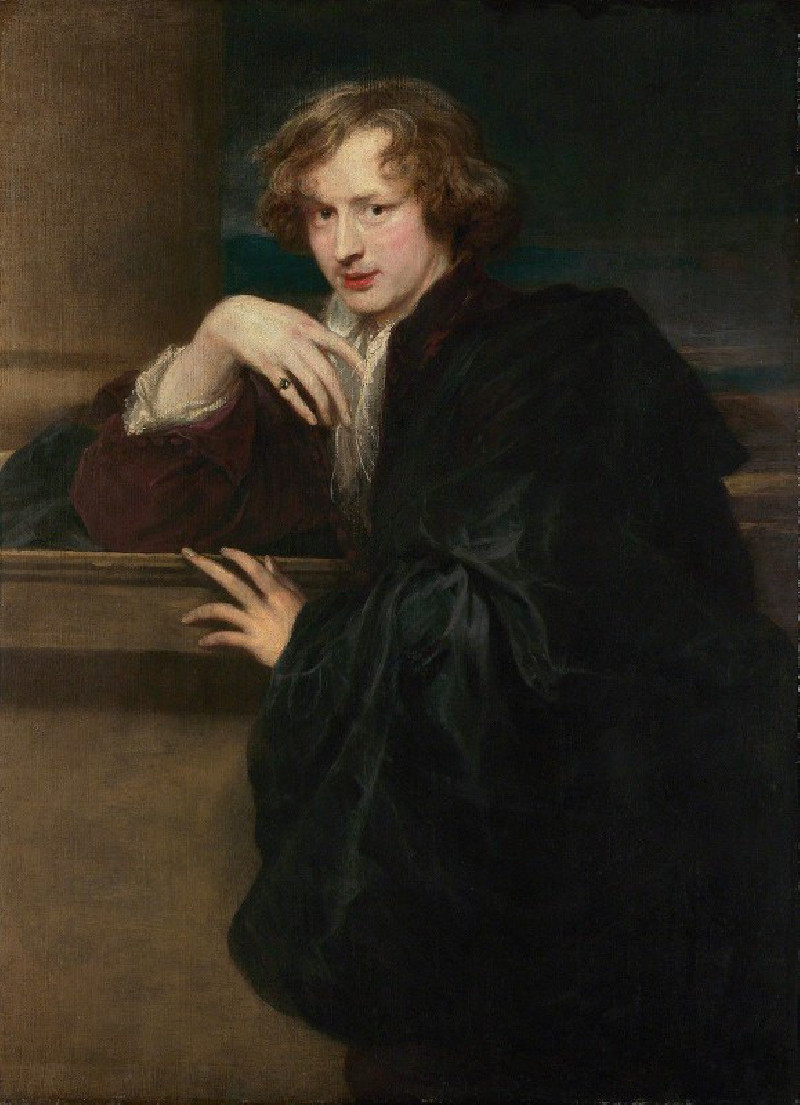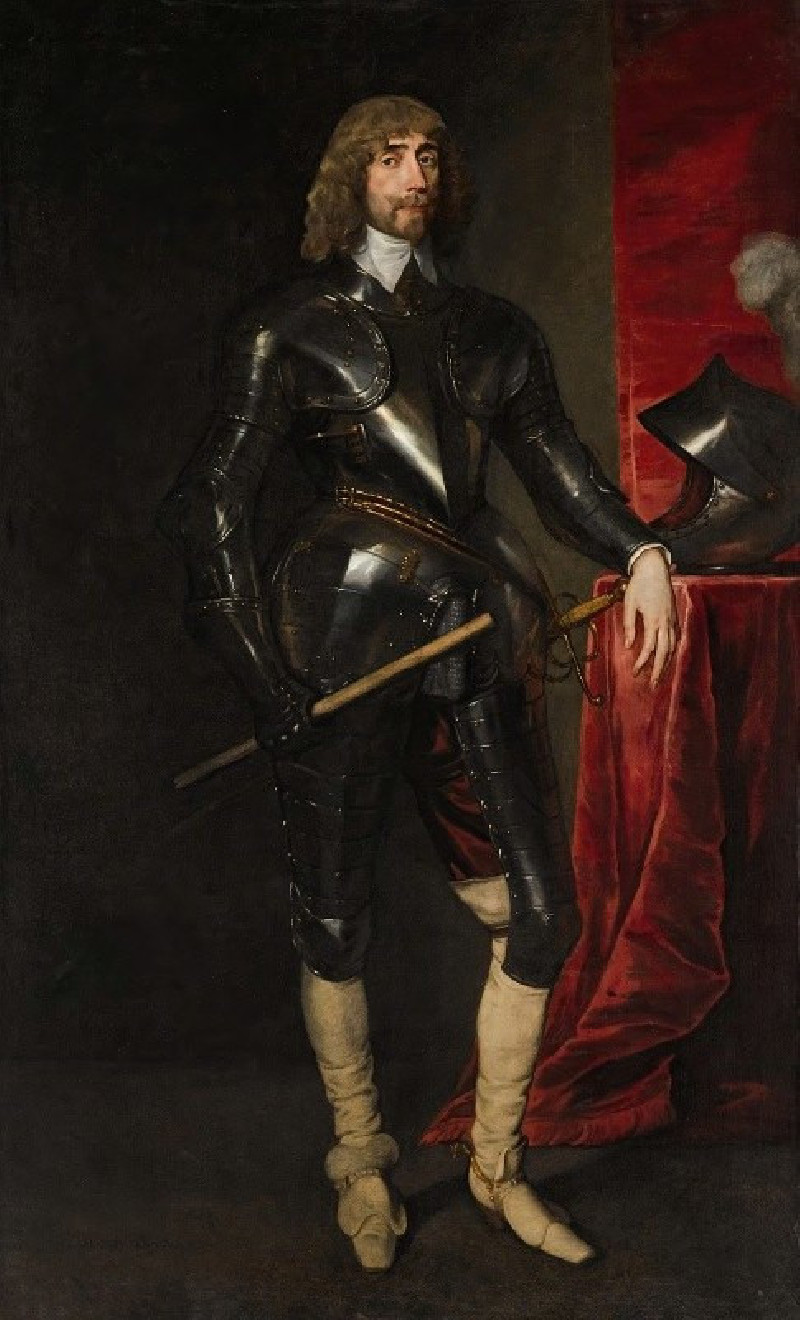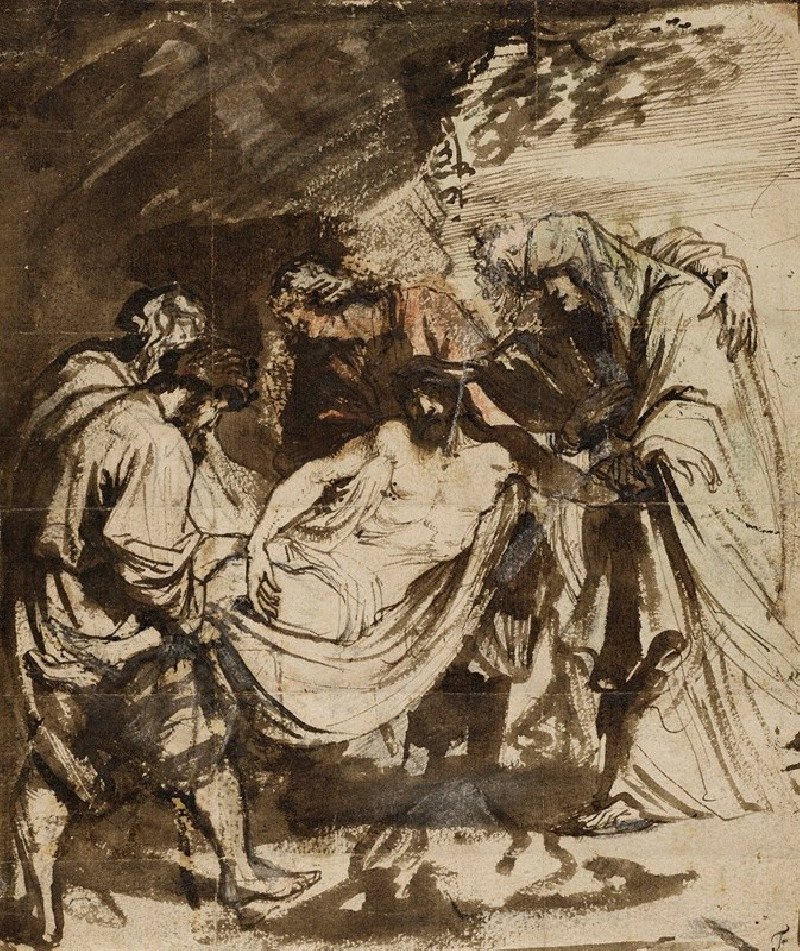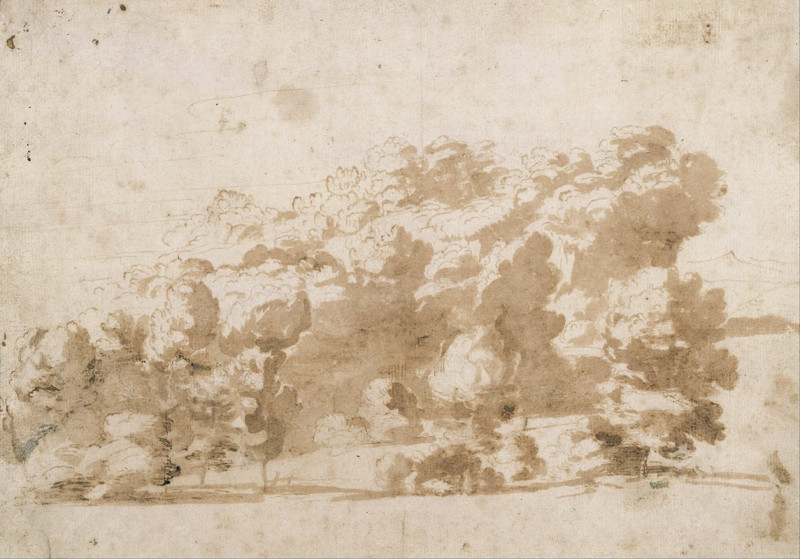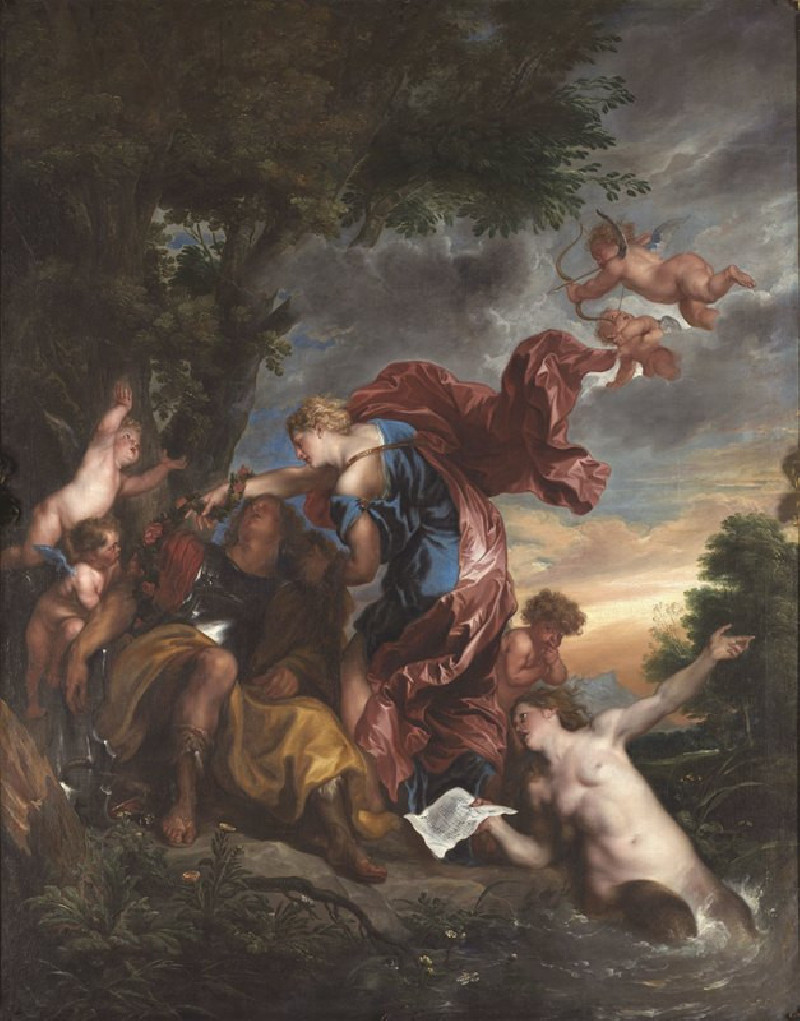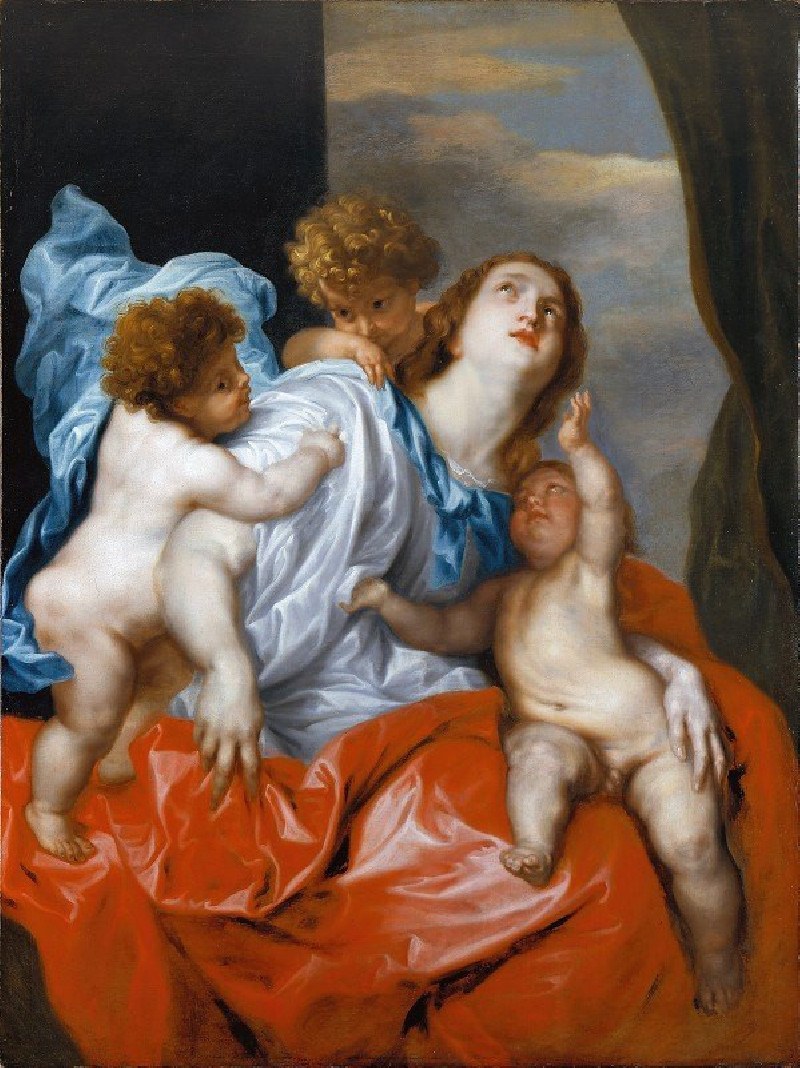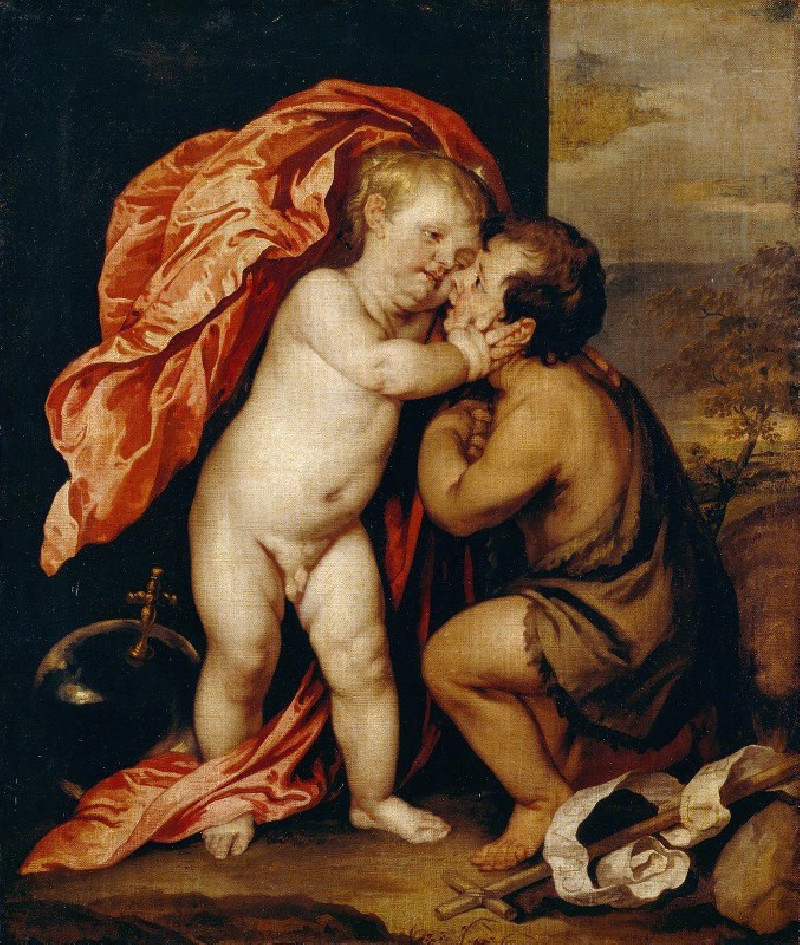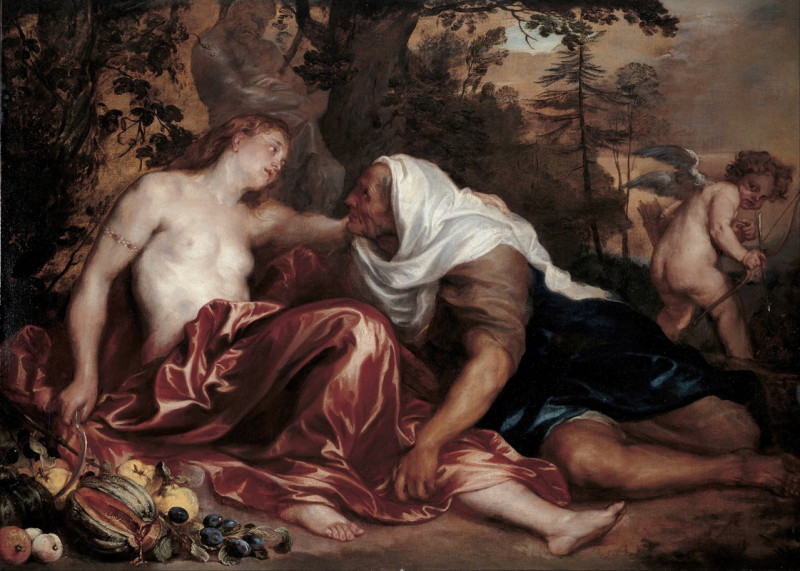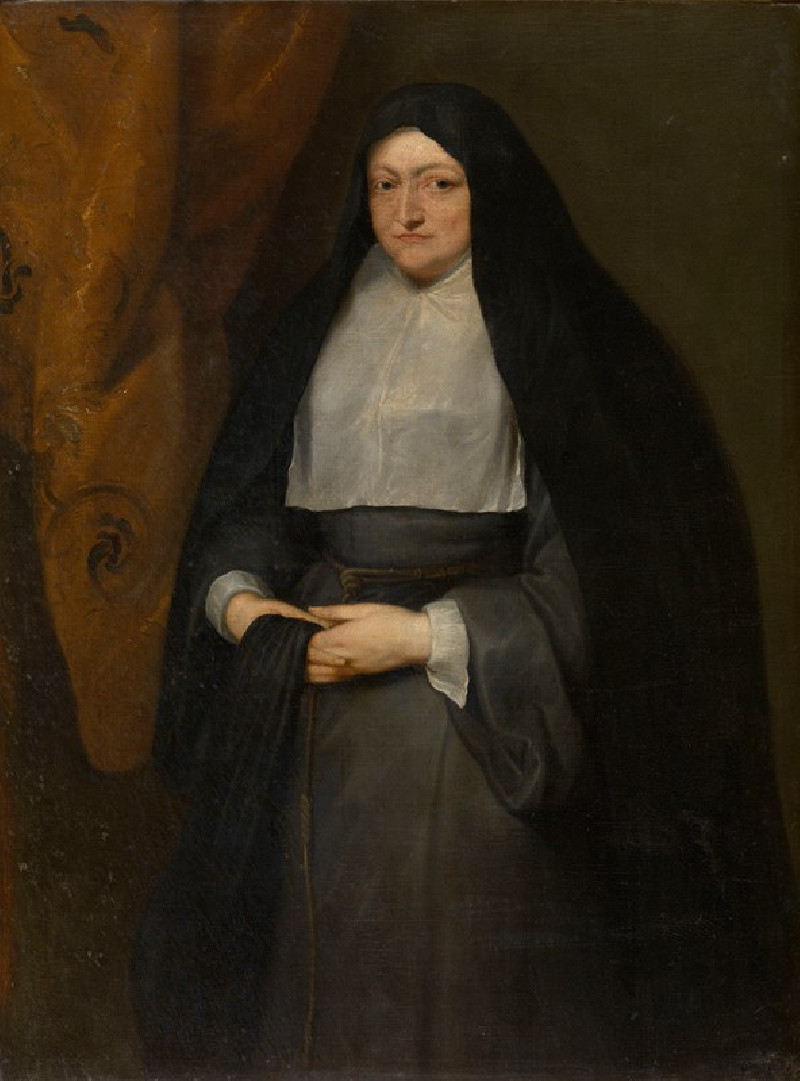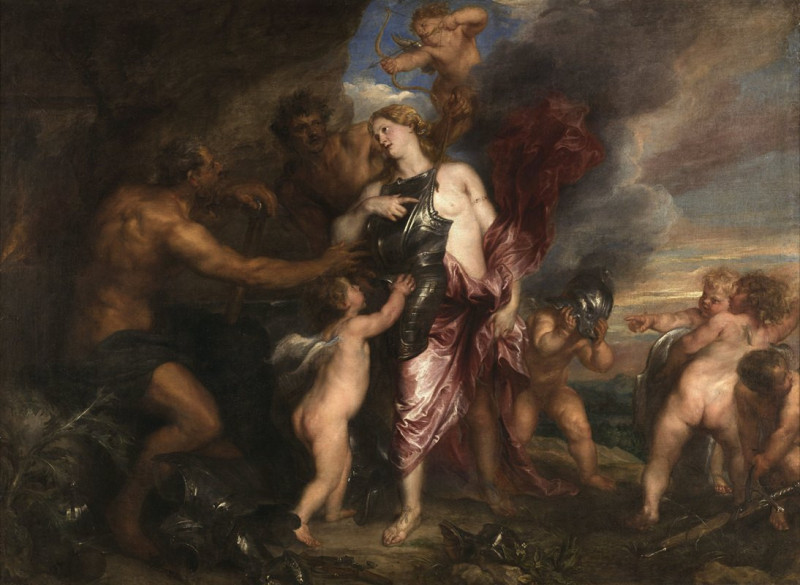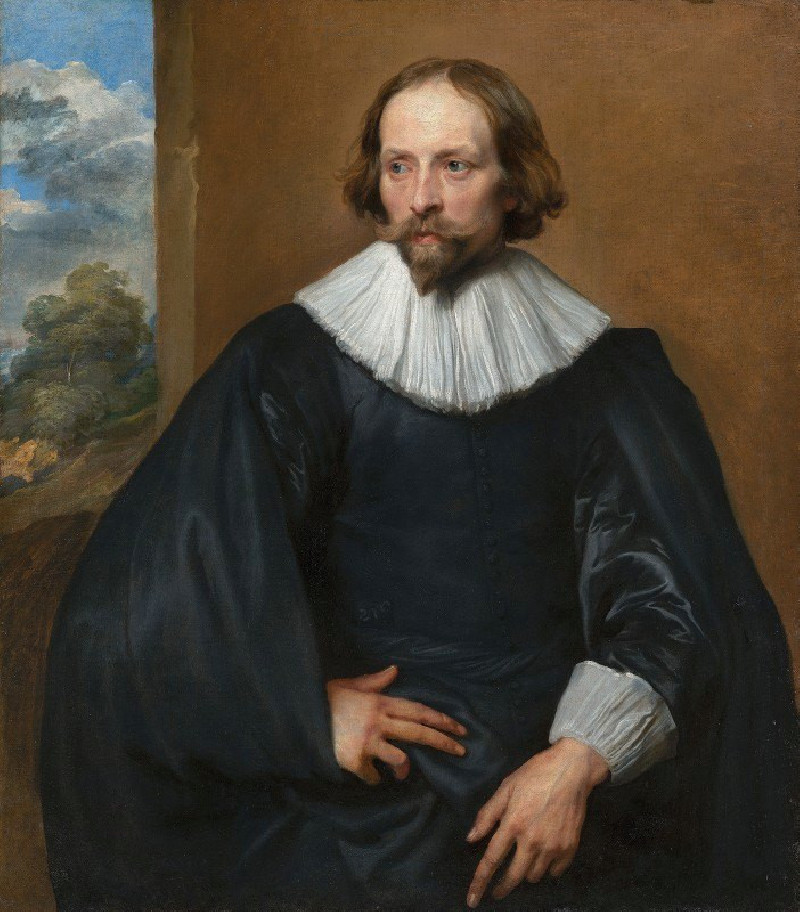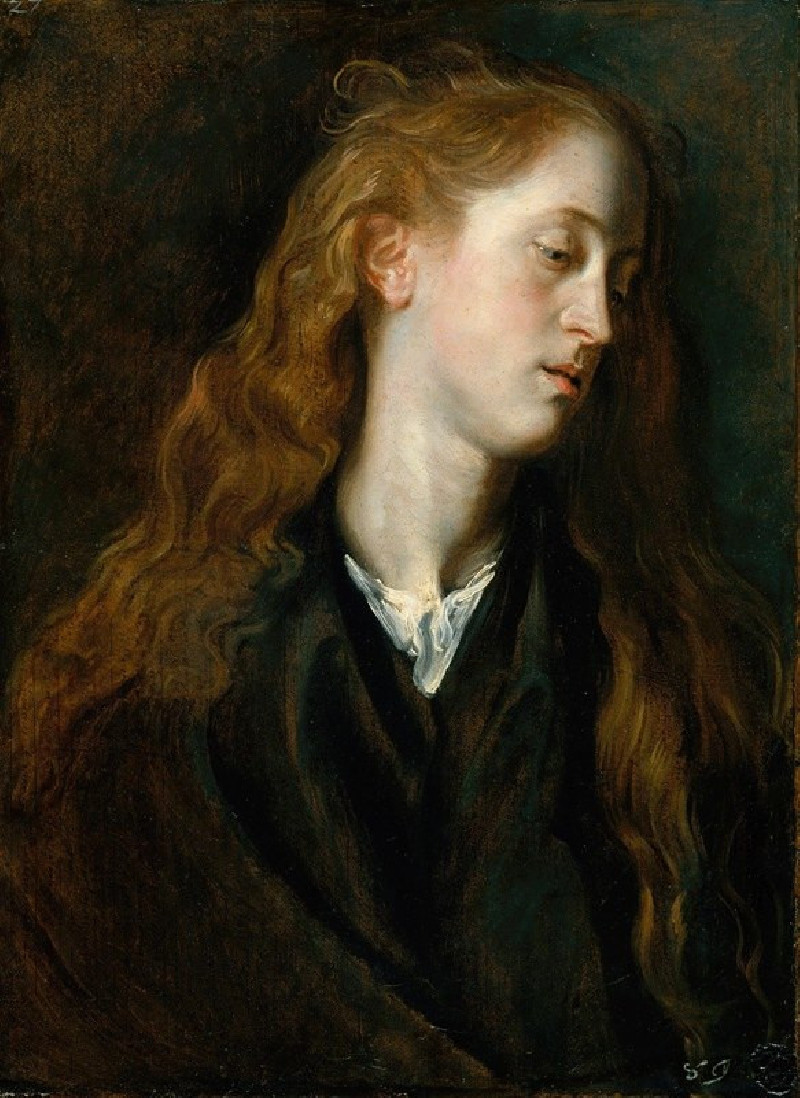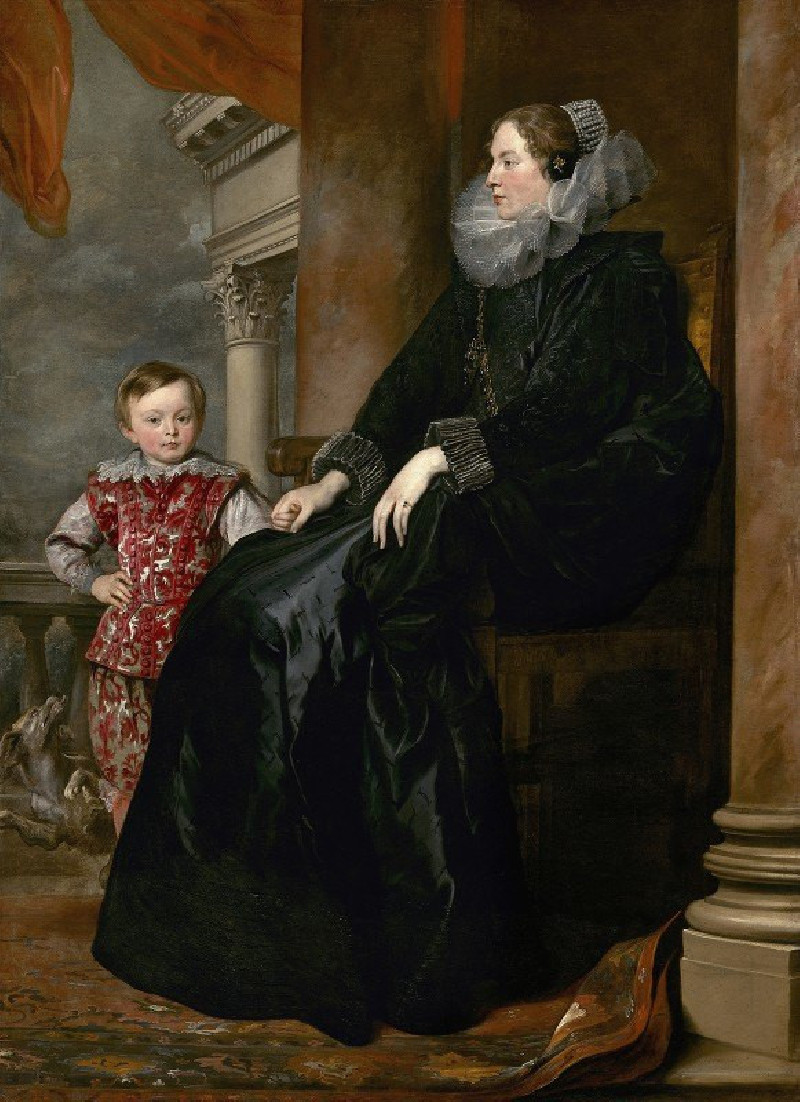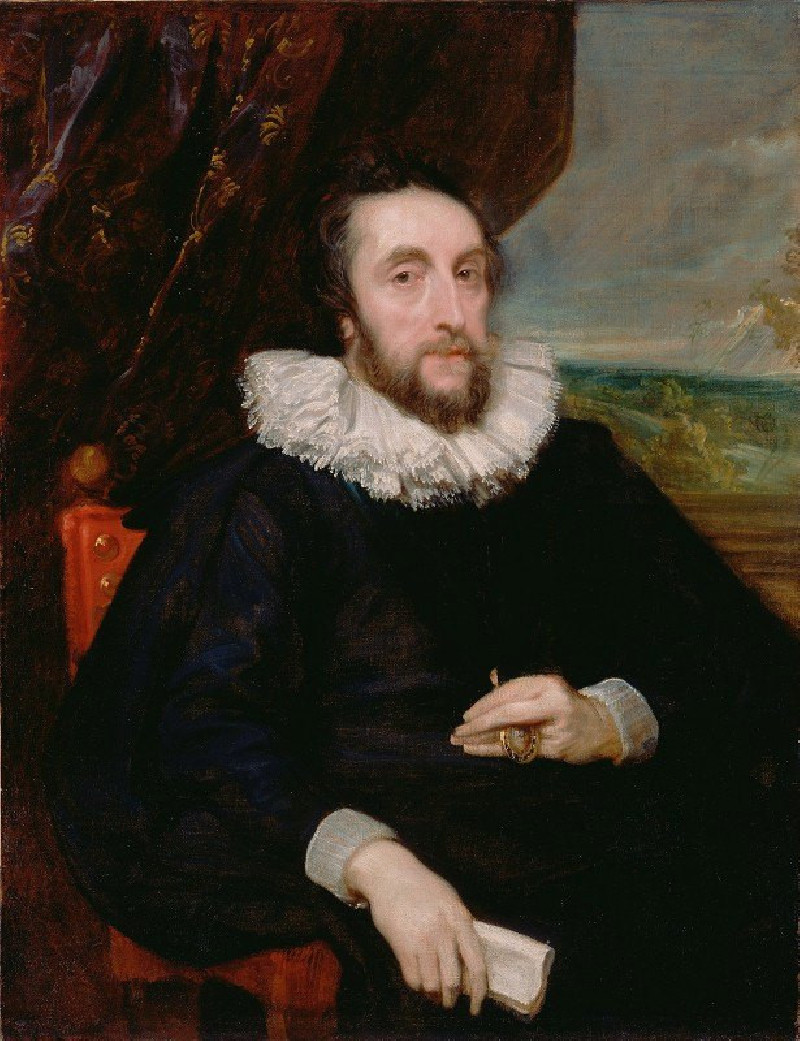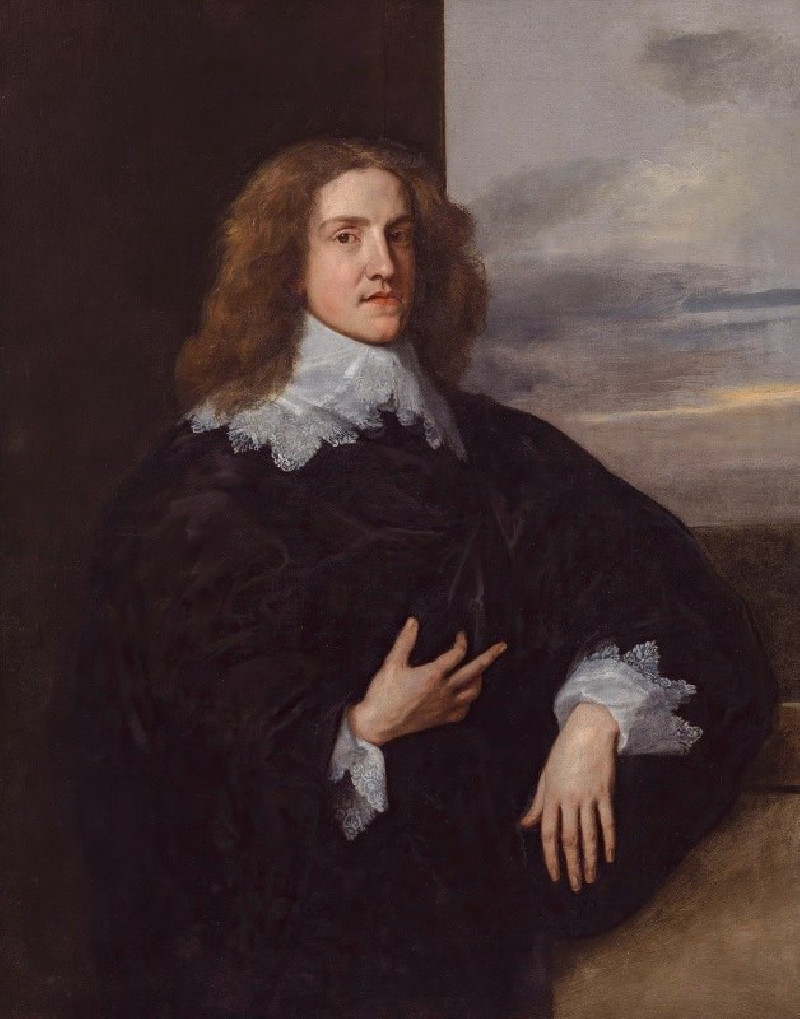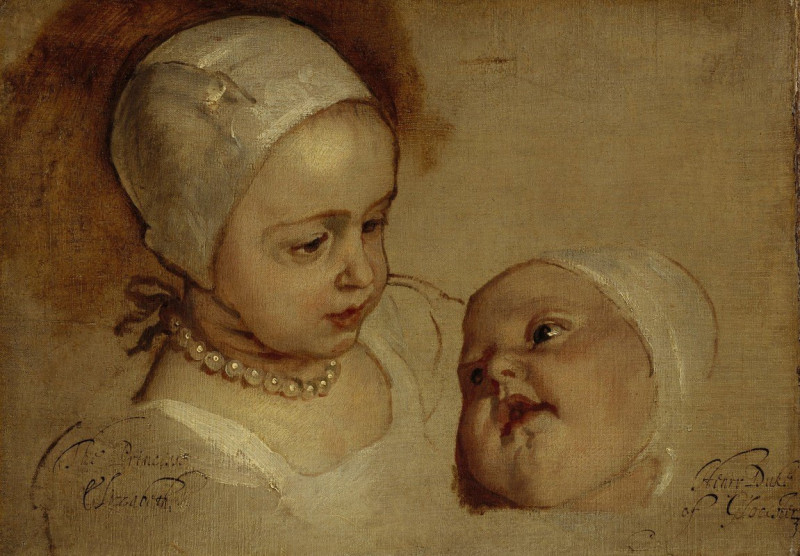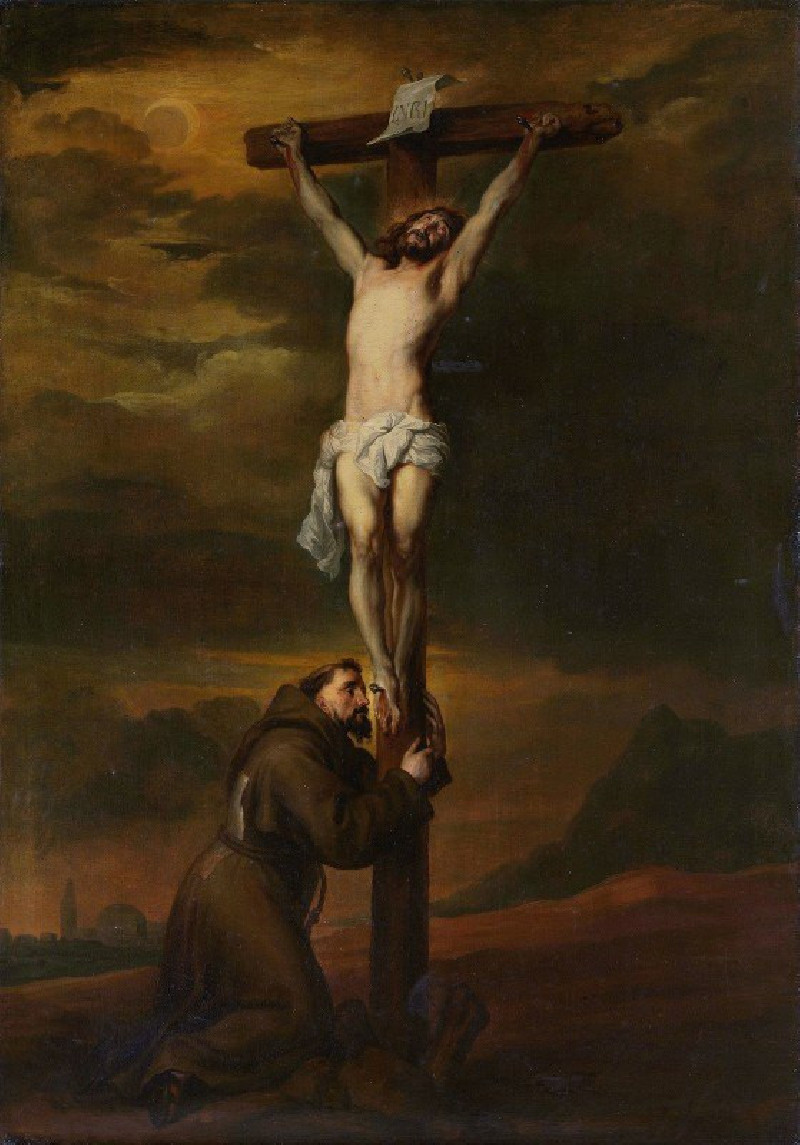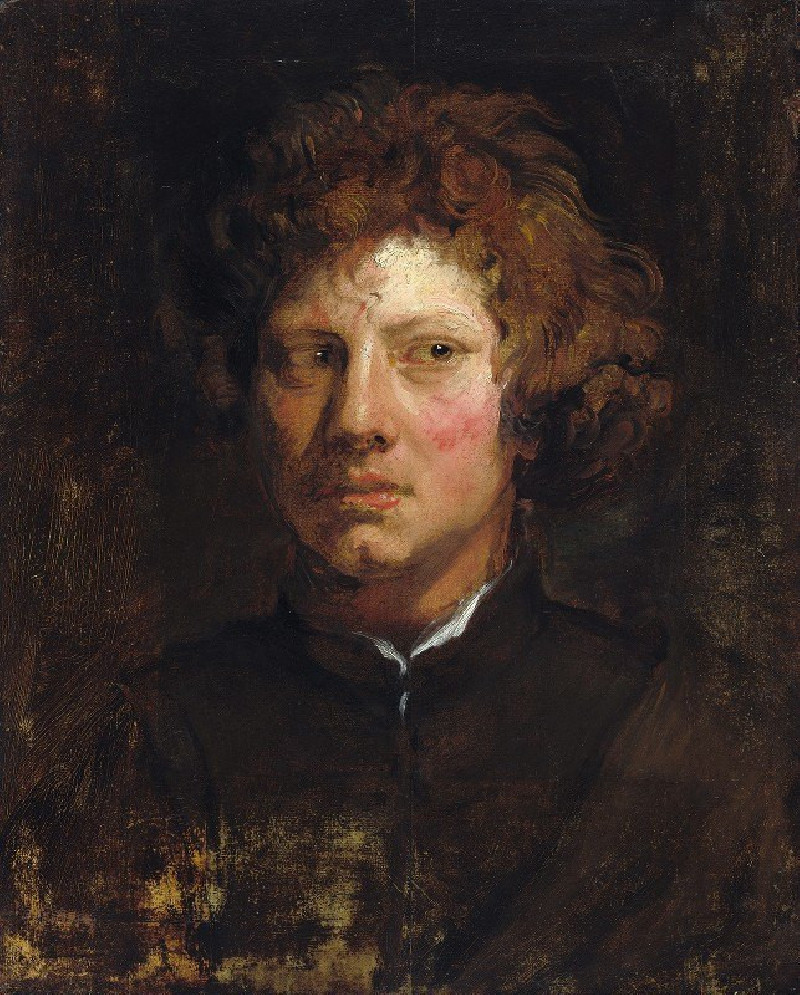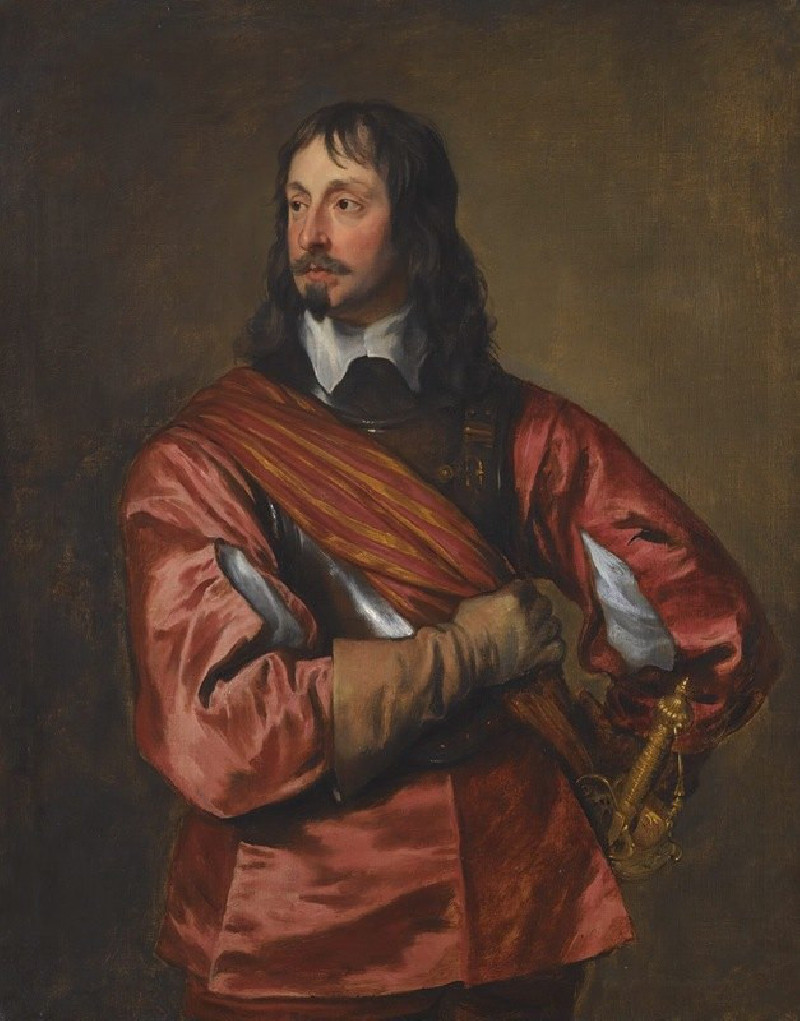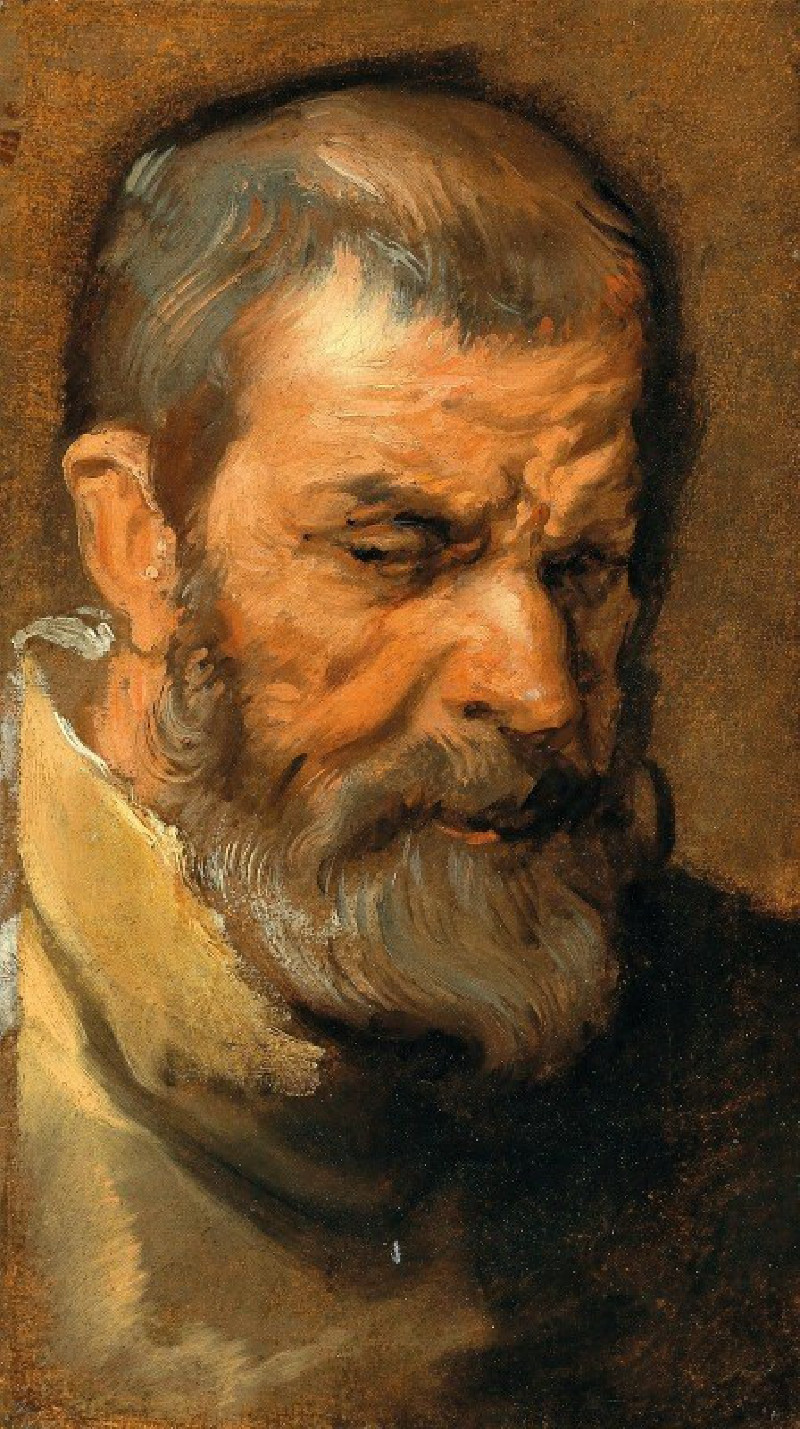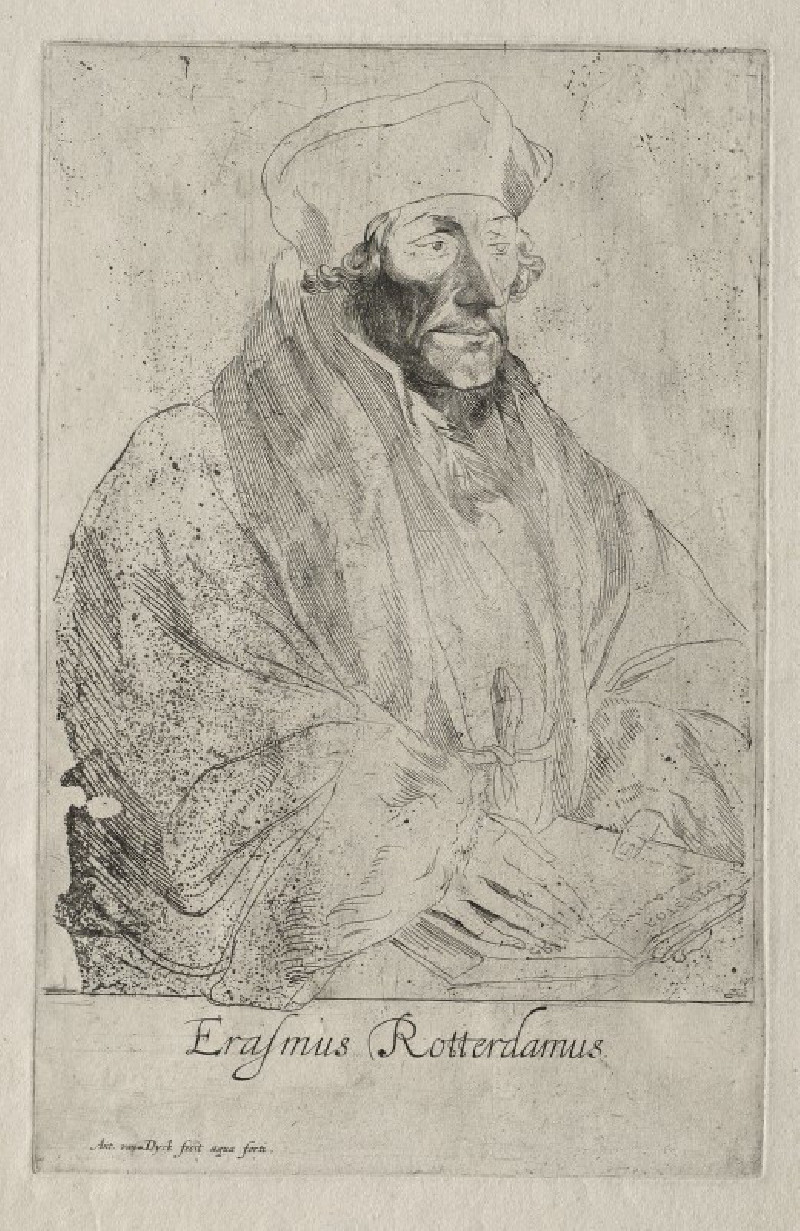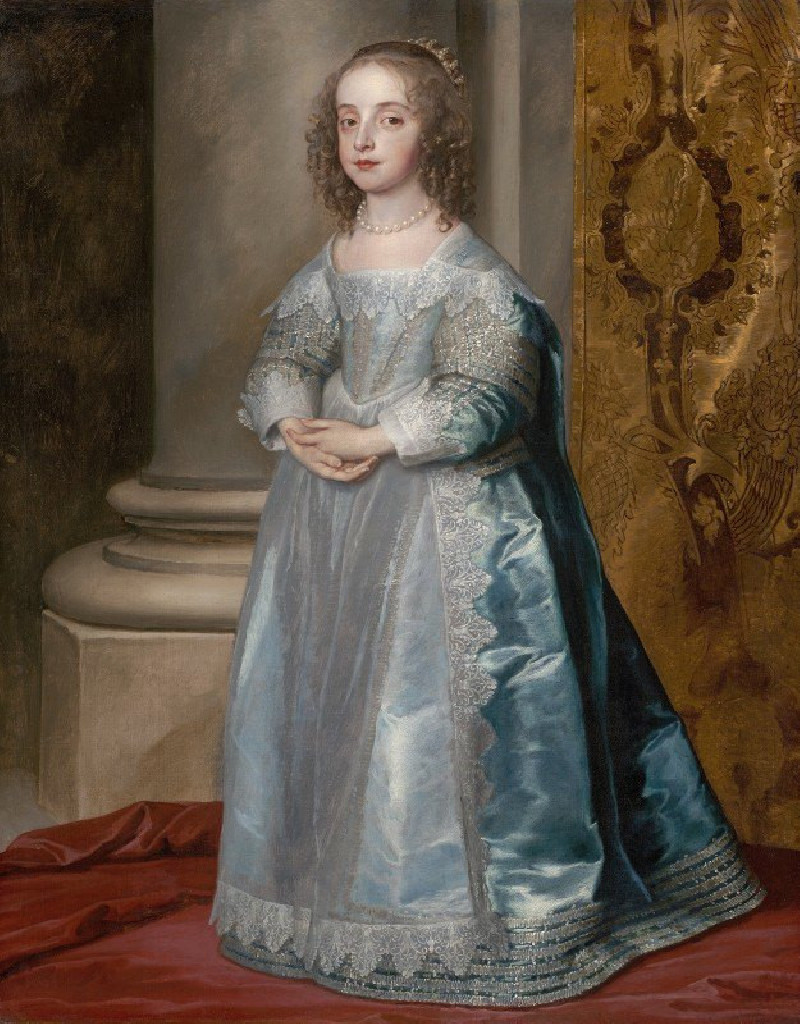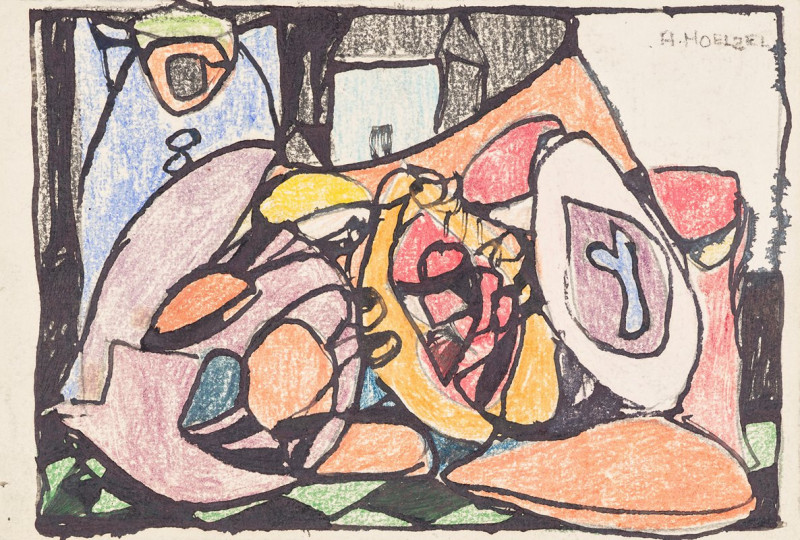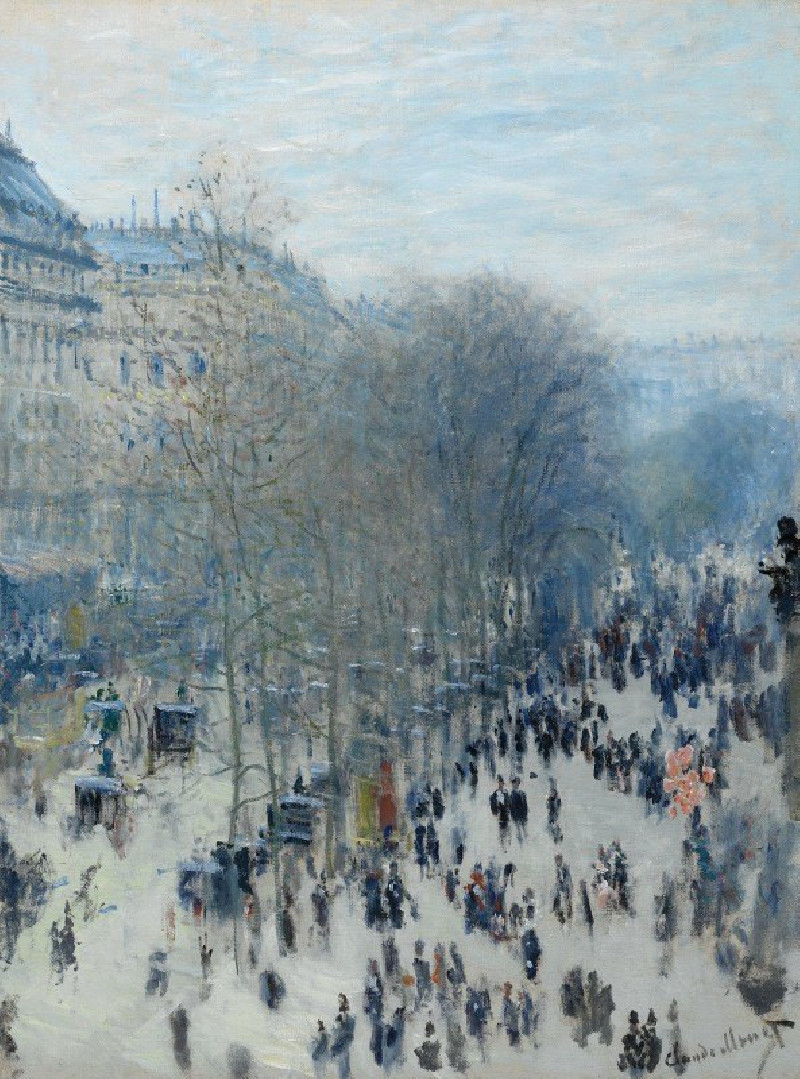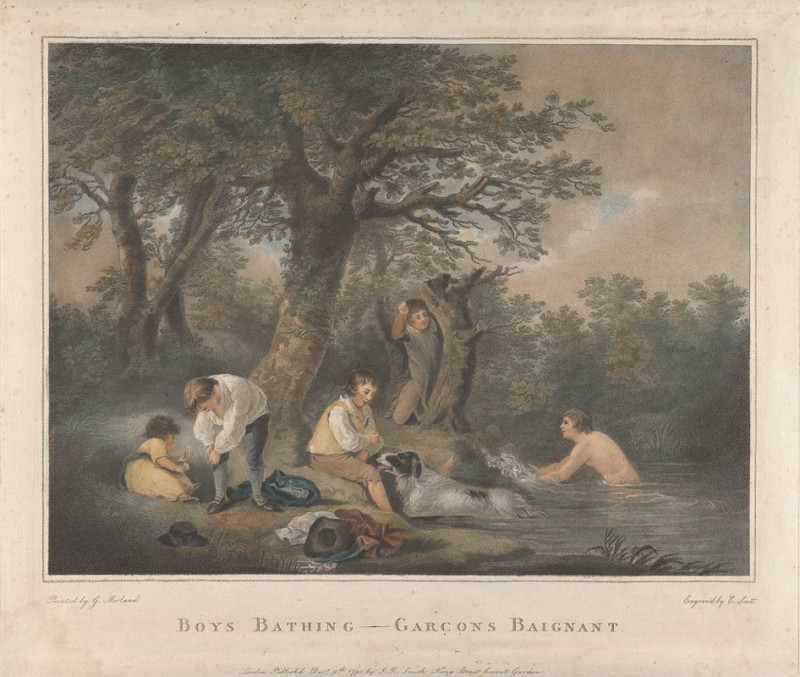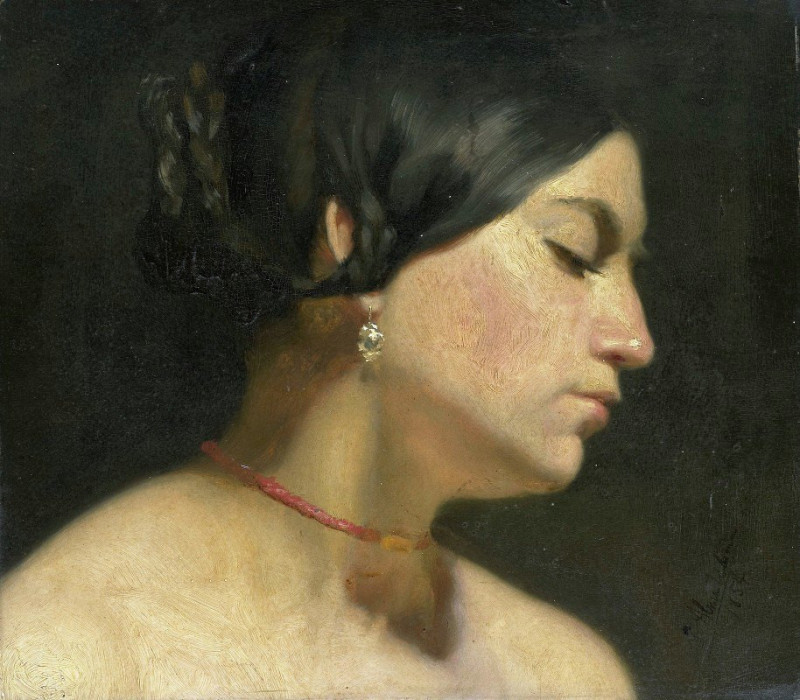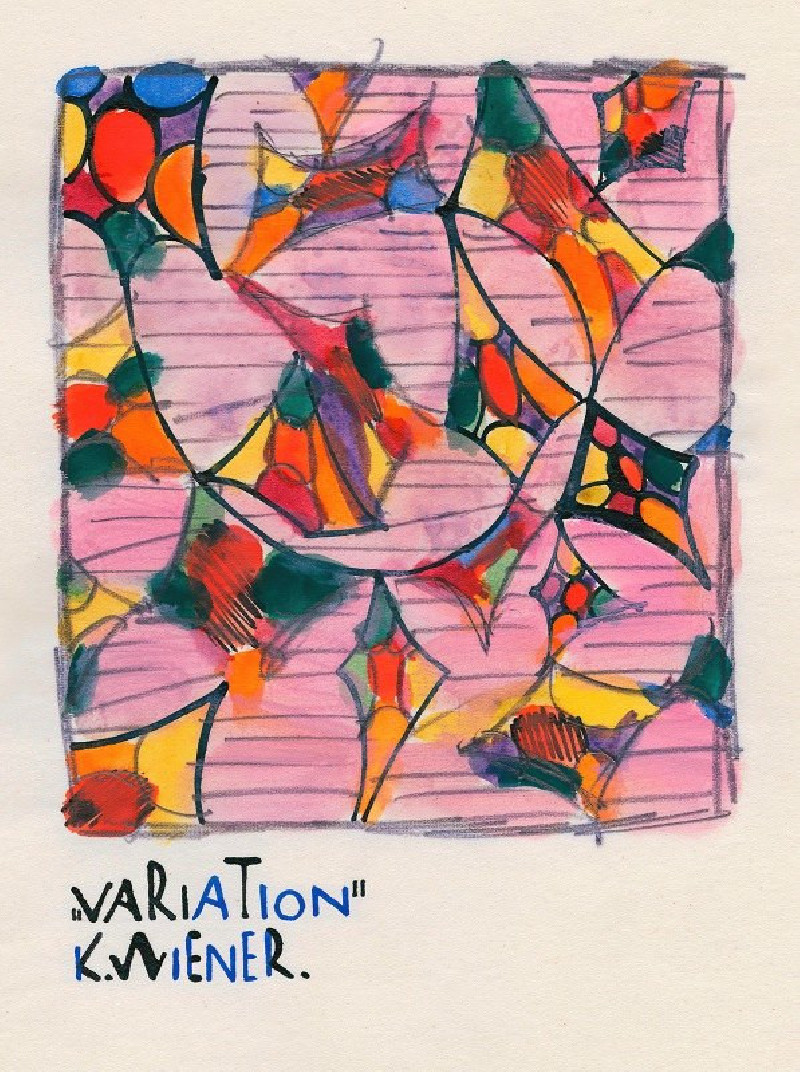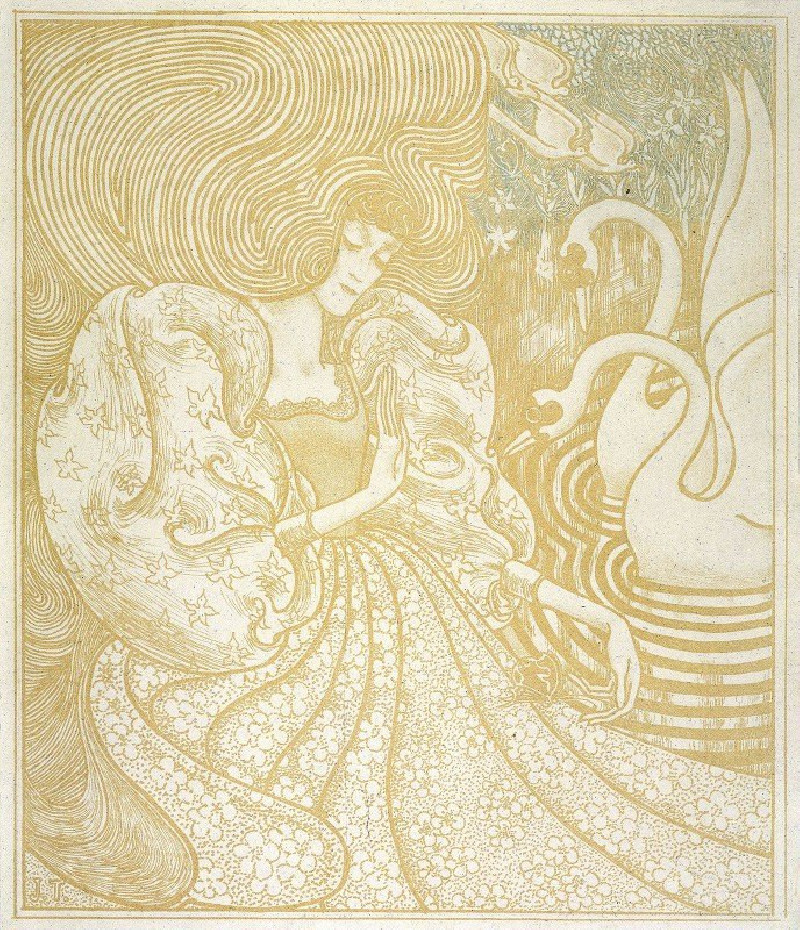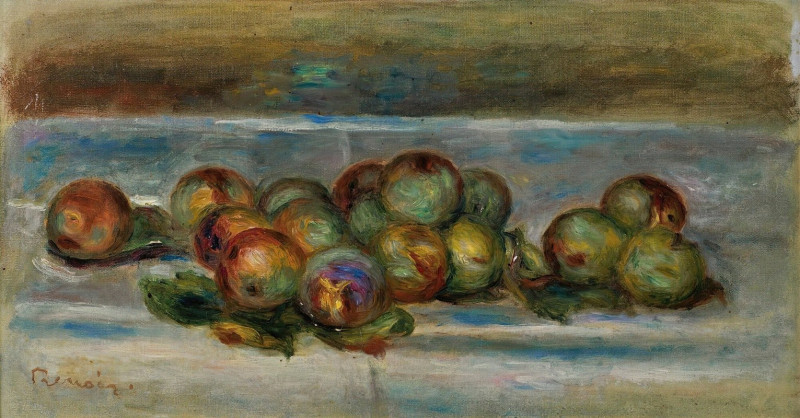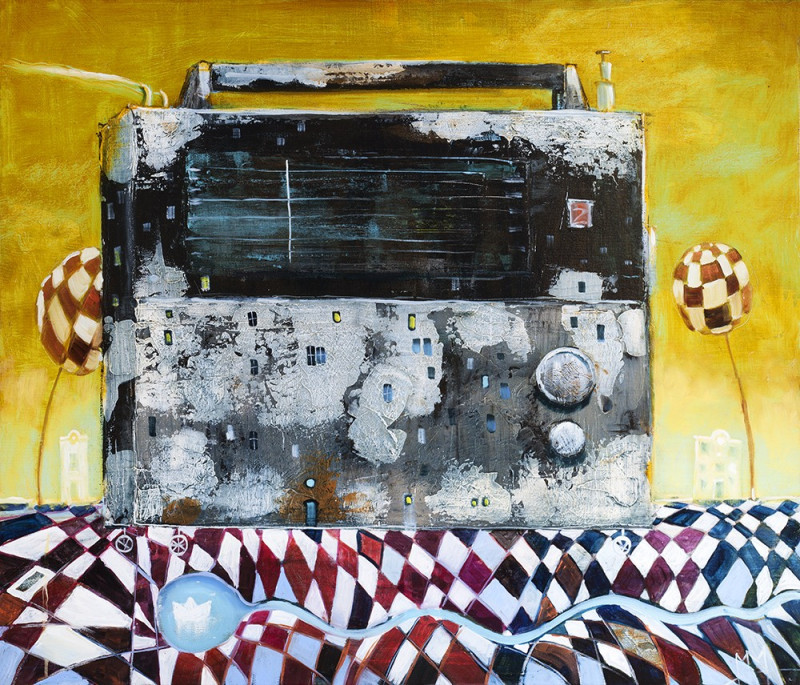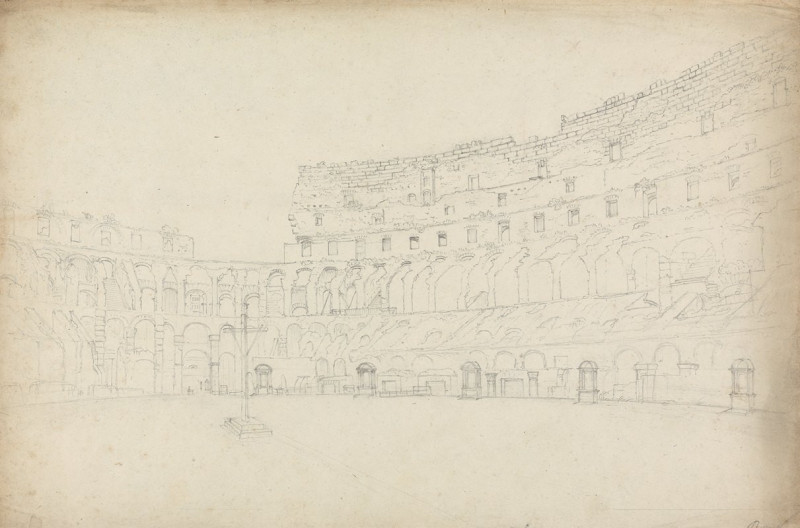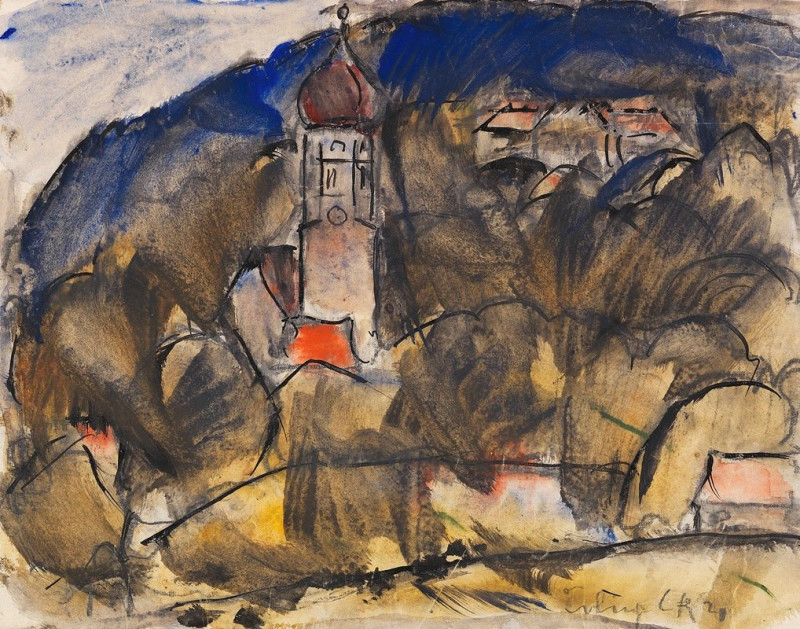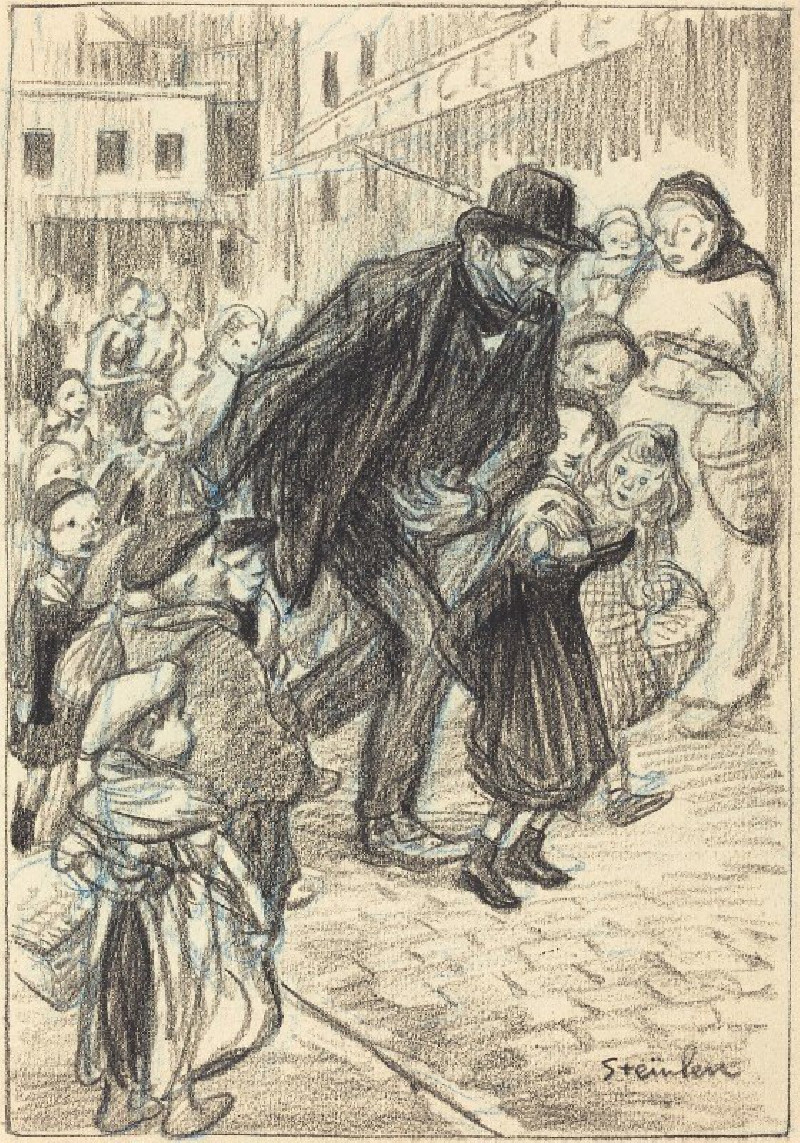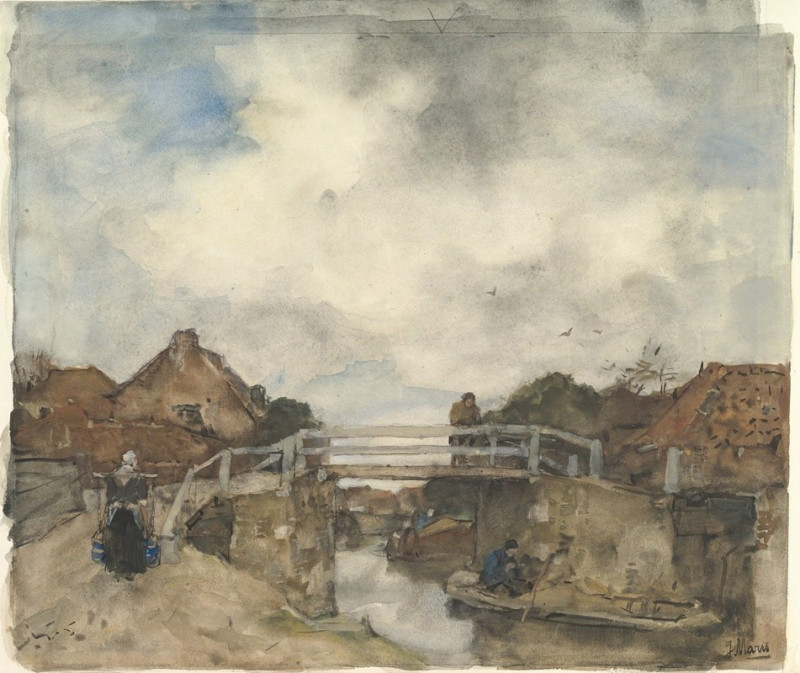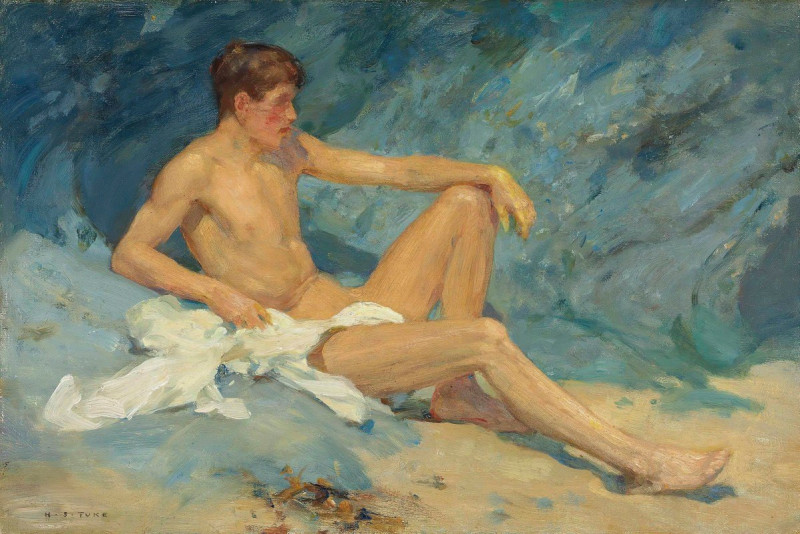The Vision of the Blessed Hermann Joseph (1629-1630)
Technique: Giclée quality print
Recommended by our customers
More about this artwork
"The Vision of the Blessed Hermann Joseph" by Anthony van Dyck strikingly captures a celestial moment where the divine intersects with the mortal. This breathtaking painting, created between 1629 and 1630, showcases Van Dyck’s mastery in portraying religious scenes with an intensely emotional and spiritual resonance.In the artwork, the central figure, Hermann Joseph, a Premonstratensian canon regular known for his deep devotion to the Virgin Mary, is depicted in a moment of profound religious encounter. Kneeling in his monastic robes, Hermann Joseph looks up with fervent devotion toward the Virgin Mary, who extends an apple to him, symbolizing the gift of grace and salvation. This gesture references a legend where the young Hermann offered an apple to a statue of Mary as a token of his love, and she, in turn, miraculately accepted it.Surrounding the Virgin are two angelic figures draped in rich, vibrant robes, adding to the ethereal and otherworldly atmosphere of the scene. The rightmost angel, cloaked in golden-yellow fabric, adds a dramatic flair to the composition with dynamic folds and movement, symbolizing the divine intervention in human affairs.The use of chiaroscuro—the stark contrast between light and dark—highlights the central figures, focusing the viewer’s attention on the touching interaction between Hermann Joseph and the Virgin Mary. The architectural elements and shadowy background contribute to a theatrical setup that enhances the emotional intensity of the narrative.This composition is not only a reflection of Van Dyck’s technical proficiency but also an embodiment of the religious fervor and Baroque style of his period.
Delivery
Returns
Sir Anthony van Dyck (1599 – 1641) was a Flemish Baroque artist who became the leading court painter in England after success in the Spanish Netherlands and Italy.
The seventh child of Frans van Dyck, a wealthy Antwerp silk merchant, Anthony painted from an early age. He was successful as an independent painter in his late teens, and became a master in the Antwerp guild in 1618. By this time he was working in the studio of the leading northern painter of the day, Peter Paul Rubens, who became a major influence on his work.

